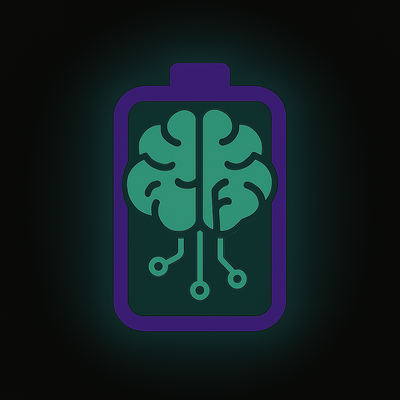We’ve all been there, you turn the key, and nothing happens. No lights, no clicks, not even the faintest groan from under the hood. Just silence. You might think your battery is dead and gone, ready for the scrap pile. But in some cases, you can bring it back to life at least long enough to get some extra use out of it or avoid a tow.
Let’s walk through why your battery might appear dead, what you can realistically do about it, and how the right charger can sometimes pull off a miracle.
Why a Battery “Dies”
A car battery can seem dead for a few common reasons:
– It’s been deeply discharged (lights left on, car sat for too long).
– It has internal sulfation buildup (crystals forming on the plates).
– It’s been exposed to extreme heat or cold.
– It’s just old and worn out (most last 3–5 years).
If it’s an old battery that’s been drained multiple times, chances are it’s not coming back in any reliable way. But if it was just sitting for a while or drained by accident, there’s a shot.
Step 1: Inspect the Battery
Before trying to charge it, pop the hood and take a look:
– Check terminals for corrosion (white or bluish gunk). Clean if necessary.
– Look for damage: cracks, bulges, or leaks = trash it.
– Check voltage: use a multimeter. If it’s below 10.5V, some chargers won’t even recognize it’s there.
If your charger won’t kick on because the battery is “too dead,” that’s where things get interesting…
Step 2: Use a Smart Charger With Repair Mode
Most modern trickle chargers need to see some voltage before they’ll start charging. But some newer smart chargers come with a force mode or desulfation/repair mode that can push power into a low-voltage battery and attempt to restore it.
One of the best in the game is the NOCO Genius10 Smart Charger.
It’s compact, smart, and has a built-in repair function for sulfated or deeply discharged batteries.
The NOCO Genius10 is a solid investment for any garage especially if you deal with multiple vehicles, batteries, or seasonal equipment.
Step 3: Charge Slowly, Monitor Closely
If your smart charger starts working, let it charge slowly over several hours. Don’t expect miracles in 20 minutes. Depending on how far gone the battery is, it might take 12–24 hours to get back to full.
Keep an eye on it:
– Check if it’s getting warm (slightly warm is OK, hot is not).
– Watch the voltage increase.
– If it charges and holds voltage the next day (12.6V+ at rest), you’re in business.
Step 4: Test It
Once charged, put it back in the car and try to start it. If it cranks up, that’s a good sign, but don’t stop there. Check voltage with the engine running. You should see 13.8–14.5V, which means the alternator is doing its job.
If it works, great. But be realistic: the battery may not last much longer. It could die again in a few weeks or months. Use the time to budget for a replacement.
When to Give Up
– If your charger refuses to recognize the battery
– If it charges but can’t hold above 12V after resting
– If the car won’t start even after a full charge
– If the case is damaged or the battery is over 5 years old
It’s time to move on. Don’t waste time or risk being stranded replace it and recycle the old one.
Final Thoughts
Trying to revive a dead car battery is hit or miss, but with the right tools, you can often buy yourself a little more time or even save a battery that seemed doomed. Just be cautious, monitor everything, and don’t expect miracles every time.
Tool of choice: NOCO Genius10 Smart Charger

